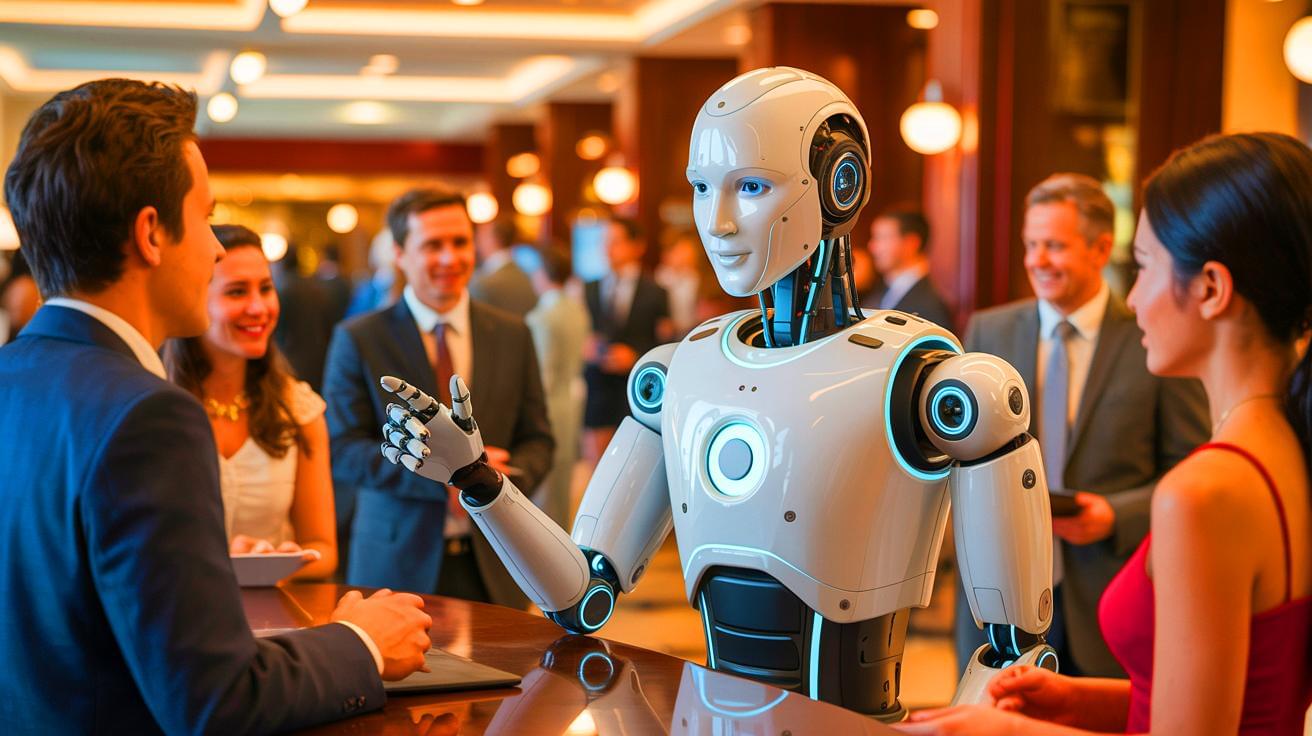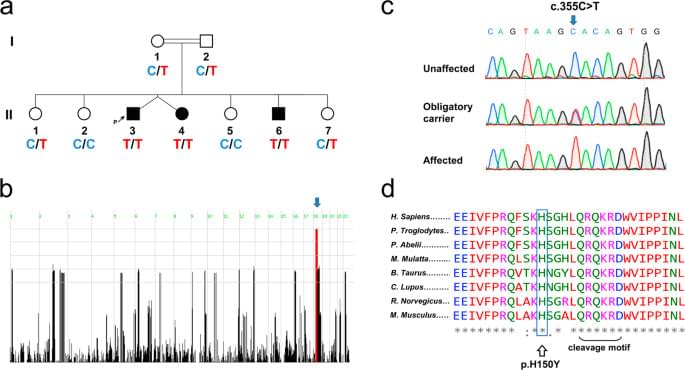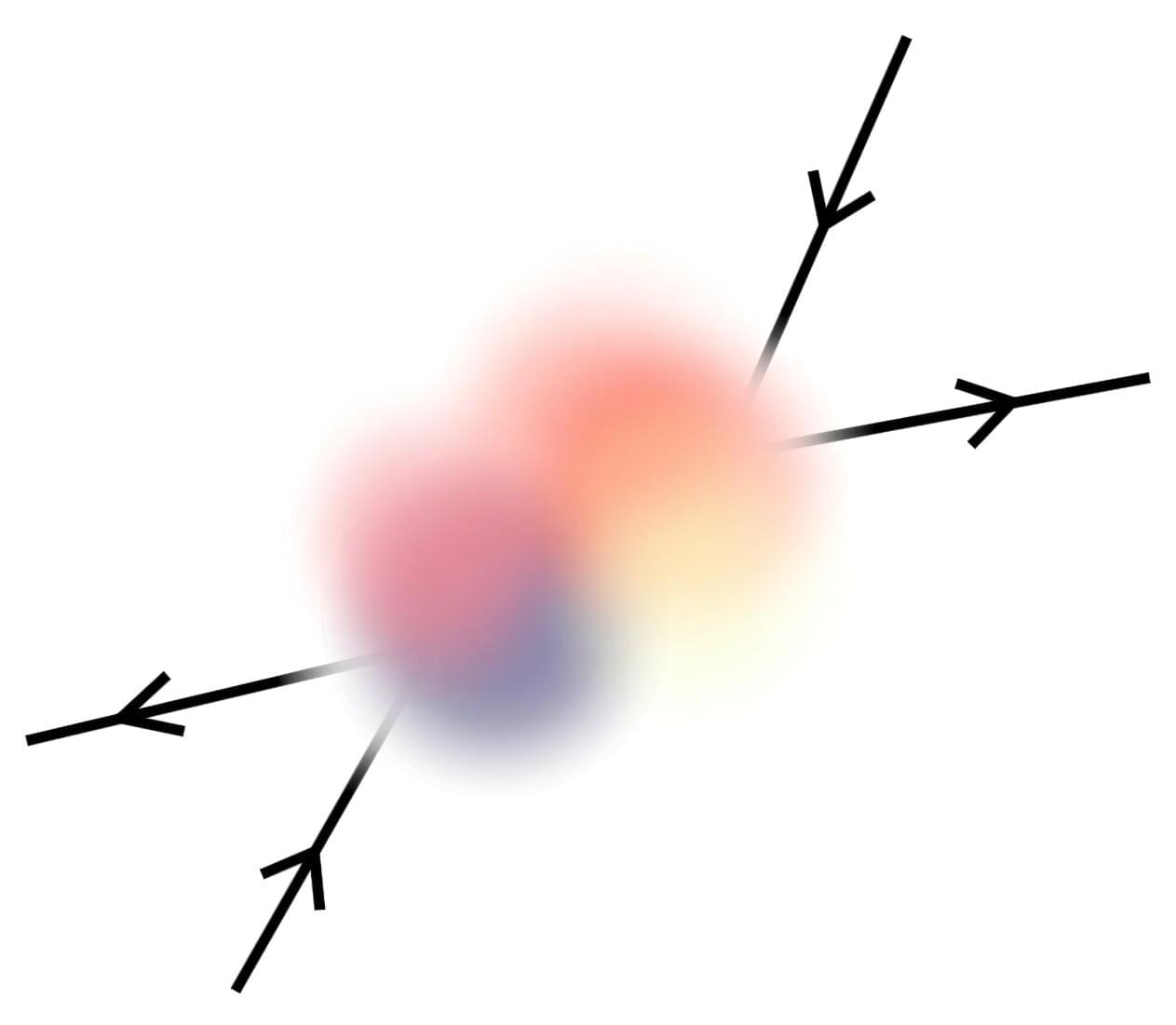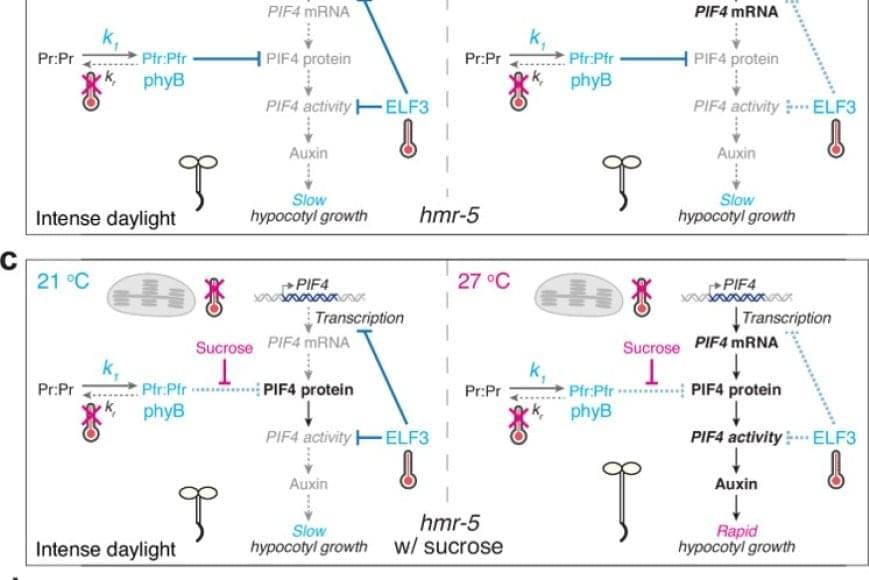Researchers found that psilocybin, from psychedelic mushrooms, extended cell lifespan and helped aging mice live longer and healthier.



According to researchers from Baylor College of Medicine and Emory University, psilocybin, the active compound in psychedelic mushrooms, may have significant anti-aging properties, extending human cell lifespan by up to 57% in laboratory studies and improving survival rates in aged mice by 30% compared to untreated controls.

In 2017, he led a study that identified for the first time an abnormal form of a protein called SOD1 in Parkinson’s patients. Under normal conditions, this protein acts as an antioxidant enzyme, protecting brain cells from damage caused by free radicals, highly reactive molecules that contain oxygen and can deteriorate cells if not properly neutralized. Free radicals are produced by natural bodily processes as well as by external factors, like diet, smoking, and exposure to pollution.
In people with Parkinson’s disease, SOD1 suffers alterations that prevent it from fulfilling its protective function, with it instead accumulating in the brain and causing neuronal damage, according to the findings of Double’s team.
Based on these results, the team then conducted further research, with results suggesting that copper supplementation in the brain could be an effective way to slow and even reverse the symptoms of Parkinson’s (copper is crucial to SOD1’s function). To test this hypothesis, they evaluated the efficacy of a drug called CuATSM, designed to cross the blood-brain barrier and deliver copper directly to brain tissue.

IN A NUTSHELL 🌐 Realbotix’s humanoid robot can fluently speak 15 languages and access 147 additional languages via cloud support. 🏨 The robot aims to enhance communication in healthcare and hospitality by eliminating language barriers and improving user experiences. 📈 The global market for humanoid robots is projected to grow from $2.93 billion in 2025

The thick disk is a band of our galaxy’s most ancient stars that sandwiches the thin disk, which formed more recently and contains our relatively young star, the sun, and the solar system.
“This is an object from a part of the galaxy we’ve never seen up close before,” University of Oxford astrophysicist Chris Lintott said. “We think there’s a two-thirds chance this comet is older than the solar system, and that it’s been drifting through interstellar space ever since.”
If 3I/ATLAS originates from the Milky Way’s thick stellar disk, and thus formed around an ancient star, this also has implications for its chemical composition. Hopkins and crew suggest the interstellar interloper may be rich in water ice.

Molecular mechanisms of attention-deficit hyperactivity disorder (ADHD) are not fully understood. Here the authors demonstrate a mutation in CDH2, encoding N-cadherin, that is associated with ADHD, and in a mouse model, delineate molecular electrophysiological characteristics associated with this mutation.
In the year 2,525, humans, post-humans, and new species navigate a vast and vibrant future. Join us as we explore the lives, dreams, and struggles of a trillion-strong civilization.
Watch my exclusive video Antimatter Propulsion: Harnessing the Power of Annihilation — https://nebula.tv/videos/isaacarthur–… Nebula using my link for 40% off an annual subscription: https://go.nebula.tv/isaacarthur Get a Lifetime Membership to Nebula for only $300: https://go.nebula.tv/lifetime?ref=isa… Use the link gift.nebula.tv/isaacarthur to give a year of Nebula to a friend for just $30. Visit our Website: http://www.isaacarthur.net Join Nebula: https://go.nebula.tv/isaacarthur Support us on Patreon: / isaacarthur Support us on Subscribestar: https://www.subscribestar.com/isaac-a… Facebook Group:
/ 1,583,992,725,237,264 Reddit:
/ isaacarthur Twitter:
/ isaac_a_arthur on Twitter and RT our future content. SFIA Discord Server:
/ discord Credits: Life in 2525 A.D. Episode 500; May 22, 2025 Written, Produced & Narrated by: Isaac Arthur Editors: Merv Johnson II & Thomas Owens Graphics: Anthrofuturism Jarred Eagley Jeremy Jozwik Ken York YD Visual Space Resources CGI Udo Schroeter Select imagery/video supplied by Getty Images Music Courtesy of Epidemic Sound http://epidemicsound.com/creator Chris Zabriskie, “Unfoldment, Revealment”, “A New Day in a New Sector” Taras Harkavyi, “Alpha and…” Stellardrone, “Red Giant”, “Billions and Billions” Sergey Cheremisinov, “Labyrinth” 0:00 Intro 0:35 Dinner & Tales of the Future (Story Arc) 7:36 The Captain’s Concerns (Story Arc) 16:37 Episode 500 28:36 Antimatter Propulsion 30:08 On Colonizing Gas Giants and Energy Economics 44:45 Voyage Interrupted.
Get Nebula using my link for 40% off an annual subscription: https://go.nebula.tv/isaacarthur.
Get a Lifetime Membership to Nebula for only $300: https://go.nebula.tv/lifetime?ref=isa…
Use the link gift.nebula.tv/isaacarthur to give a year of Nebula to a friend for just $30.
Visit our Website: http://www.isaacarthur.net.
Join Nebula: https://go.nebula.tv/isaacarthur.
Support us on Patreon: / isaacarthur.
Support us on Subscribestar: https://www.subscribestar.com/isaac-a…
Facebook Group: / 1583992725237264
Reddit: / isaacarthur.
Twitter: / isaac_a_arthur on Twitter and RT our future content.
SFIA Discord Server: / discord.
Credits:
Life in 2525 A.D.
Episode 500; May 22, 2025
Written, Produced \& Narrated by: Isaac Arthur.
Editors: Merv Johnson II \& Thomas Owens.
Graphics:
Anthrofuturism.
Jarred Eagley.
Jeremy Jozwik.
Ken York YD Visual.
Space Resources CGI
Udo Schroeter.
Select imagery/video supplied by Getty Images.

Neutrinos are elementary particles that are predicted to be massless by the standard model of particle physics, yet their observed oscillations suggest that they do in fact have a mass, which is very low. A further characteristic of these particles is that they only weakly interact with other matter, which makes them very difficult to detect using conventional experimental methods.
The KATRIN (Karlsruhe Tritium Neutrino) experiment is a large-scale research effort aimed at precisely measuring the effective mass of the electron anti-neutrino using advanced instruments located at the Karlsruhe Institute of Technology (KIT) in Germany.
The researchers involved in this experiment recently published the results of a new analysis of data from the second measurement campaign in Physical Review Letters, which set new constraints on interactions involving neutrinos that could arise from unknown physics that is not explained by the standard model, also known as general neutrino interactions.

A team of McGill University researchers, working with colleagues in the United States and South Korea, has developed a new way to make high-performance lithium-ion battery materials that could help phase out expensive and/or difficult-to-source metals like nickel and cobalt.
The team’s breakthrough lies in creating a better method of producing “disordered rock-salt” (DRX) cathode particles, an alternative battery material. Until now, manufacturers struggled to control the size and quality of DRX particles, which made them unstable and hard to use in manufacturing settings. The researchers addressed that problem by developing a method to produce uniformly sized, highly crystalline particles with no grinding or post-processing required.
“Our method enables mass production of DRX cathodes with consistent quality, which is essential for their adoption in electric vehicles and renewable energy storage,” said Jinhyuk Lee, the paper’s corresponding author and an Assistant Professor in the Department of Mining and Materials Engineering.

For a decade, scientists have believed that plants sensed temperature mainly through specialized proteins, and mainly at night when the air is cool. New research suggests that during the day, another signal takes over. Sugar, produced in sunlight, helps plants detect heat and decide when to grow.
The study shows that plants rely on multiple heat-sensing systems, and that sugar plays a central and previously unrecognized role in daytime temperature response. The findings, published in Nature Communications, reshape a long-standing view of how plants interact with their environment and could influence future strategies for climate-resilient agriculture.
“Our textbooks say that proteins like phytochrome B and early flowering 3 (ELF3) are the main thermosensors in plants,” the senior author said. “But those models are based on nighttime data. We wanted to know what’s happening during the day, when light and temperature are both high because these are the conditions most plants actually experience.”